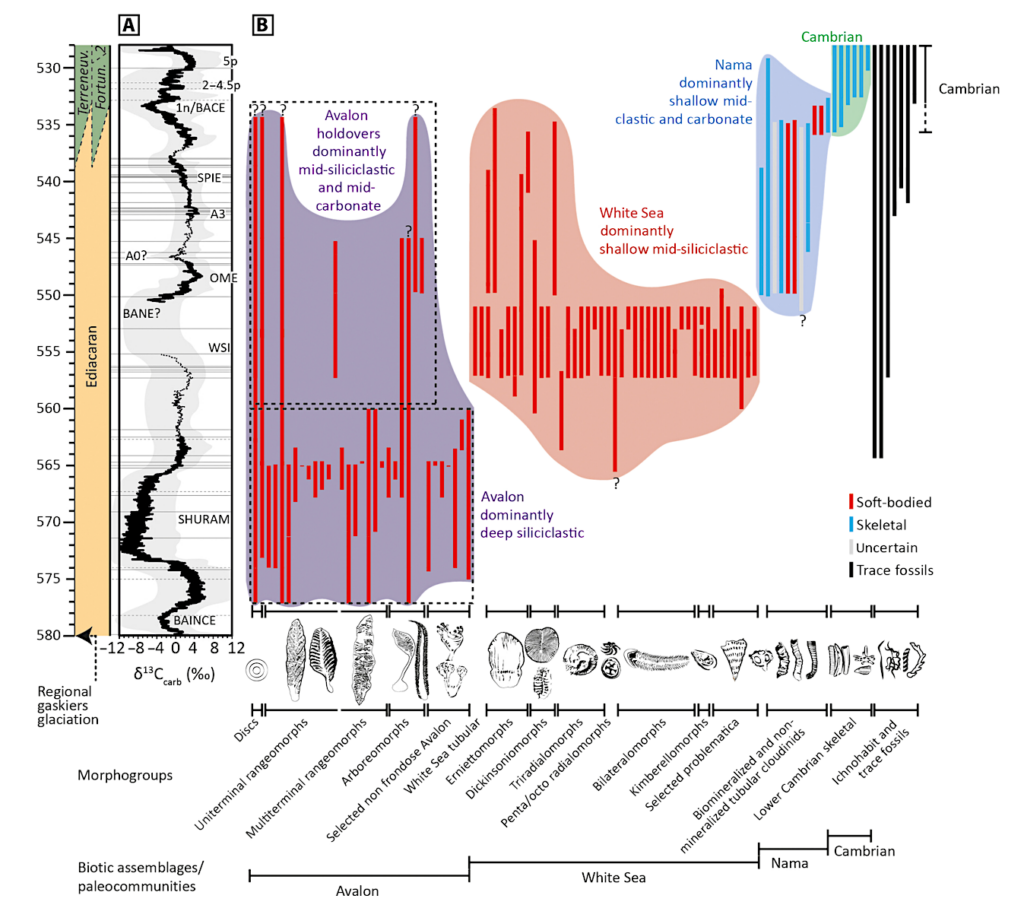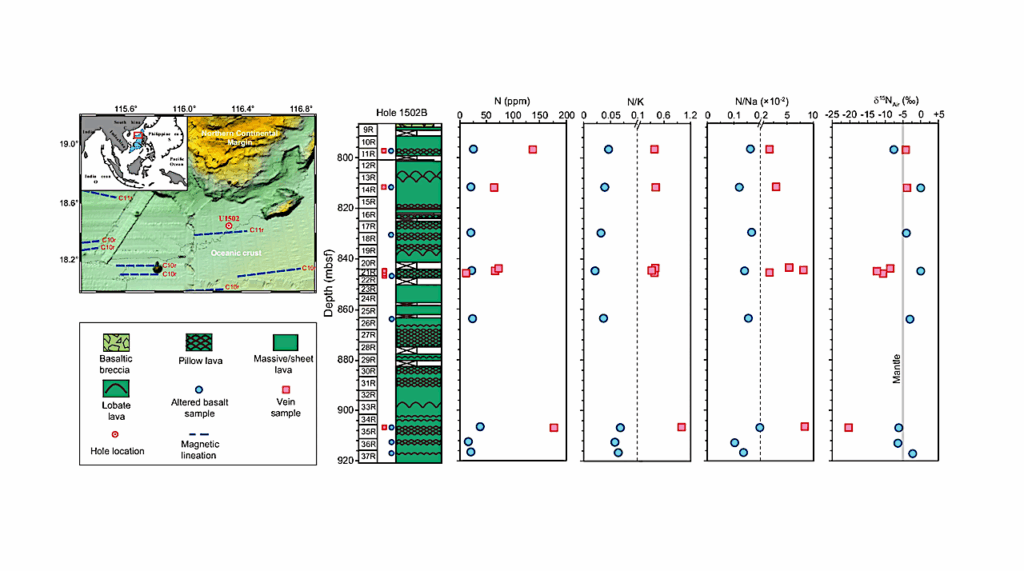Sea Level Changes Shaped Early Life On Earth, Fossil Study Reveals

A newly developed timeline of early animal fossils reveals a link between sea levels, changes in marine oxygen, and the appearance of the earliest ancestors of present-day animals.
The study reveals clues into the forces that drove the evolution of the earliest organisms, from which all major animal groups descended.
A team from the University of Edinburgh studied a compilation of rocks and fossils from the so-called Ediacaran-Cambrian interval – a slice of time 580–510 million years ago. This period witnessed an explosion of biodiversity according to fossil records, the causes of which have baffled scientists since Charles Darwin.
The early animals found from this era were all sea-dwellers, at a time when oxygen levels in the air and ocean were much lower than today.
While the very first lifeforms before this time were mostly single-cell, and simple multi-celled organisms, creatures in the Ediacaran Period started to become more complex, with multiple cells organised into body plans that allowed them to feed, reproduce, and move across the ocean floor.
This era also marked the emergence of so-called bilaterian animals – which display symmetrical body plans, in common with most present-day species including humans.
By compiling data from different sources – including radioactive dating and geochemical information about the layers of rock in which fossils were found – the team mapped all major fossil finds and various environmental datasets onto a single timeline.
The new chronology allowed the team to study trends in biodiversity for the period in question with more detail than before.
They combined these insights with further chemical clues from the geological record – confirming a link between major changes in global sea levels, intervals when shallow marine environments gained more oxygen, and the appearance and diversification of early animal groups.
This dynamic set the stage for several significant bursts in biological diversity, known as the Avalon, White Sea, and Cambrian assemblages, each marking the arrival of new animal groups and the decline of others.
By reconstructing environmental conditions in deepest time, the study unlocks new insights into the ancient forces and pressures that shaped the earliest life on our planet.
The team also identified gaps in the fossil record, suggesting that current knowledge about early animals is biased by the clusters of sites worldwide where fossils have been found and studied.
Dr Fred Bowyer of the University of Edinburgh’s School of Geosciences, said: “Constructing a timescale of early animal evolution using the rock record is a daunting task, only made possible through international and interdisciplinary research. But an integrated global approach is crucial. It exposes biases in our records, while also revealing patterns in fossil appearances, sea level cycles, and environmental oxygen.”
Mariana Yilales Agelvis, a PhD student in the School of Geosciences who co-authored the study, said: “Knowing what drives biodiversity is a fundamental piece of knowledge in the puzzle of life. I feel very privileged to have built upon decades of interdisciplinary global research, and contributed to a better understanding of the role that sea level plays in early animal evolution.”

Integrated chronology and biostratigraphy of globally distributed Ediacaran to earliest Cambrian successions. (A) Radiometric ages (horizontal lines; table S1) calibrate the 10-point moving average of an updated global composite δ13Ccarb database [data S1 and S2 updated after (18, 28, 30)]. Gray-shaded envelope shows uncertainty in the δ13Ccarb framework associated with data scatter. (B) Compilation of estimated ranges of major Ediacaran to earliest Cambrian (580 to 528 Ma) inferred metazoan morphogroups and major trace fossil groups within the Avalon, White Sea, Nama, and Cambrian assemblages, showing dominant sedimentary setting of host successions. Age ranges, uncertainties, and full references for biostratigraphic database are provided in data S1. Modified from (18, 24). Question marks denote taxa with the most uncertain maximum/minimum age constraints. See fig. S2 for an expanded version of this figure. SPIE, Spitskop excursion; OME, Omkyk excursion; WSI, White Sea Interval; BAINCE, Baiguoyuan negative carbon isotope excursion. — Science Advances
The paper was published in Science Advances and funded by the Natural Environment Research Council (NERC).
Sea level controls on Ediacaran-Cambrian animal radiations, Science Advances (open access)
Astrobiology








